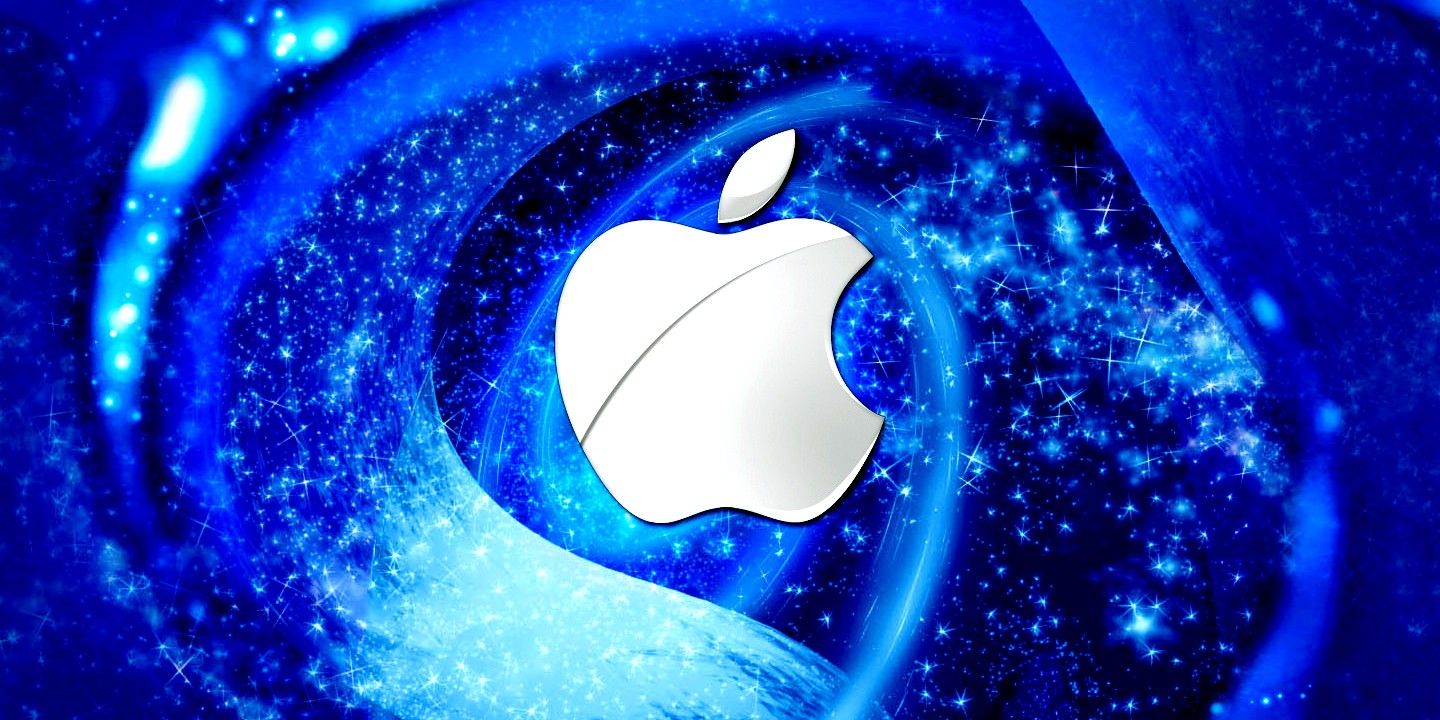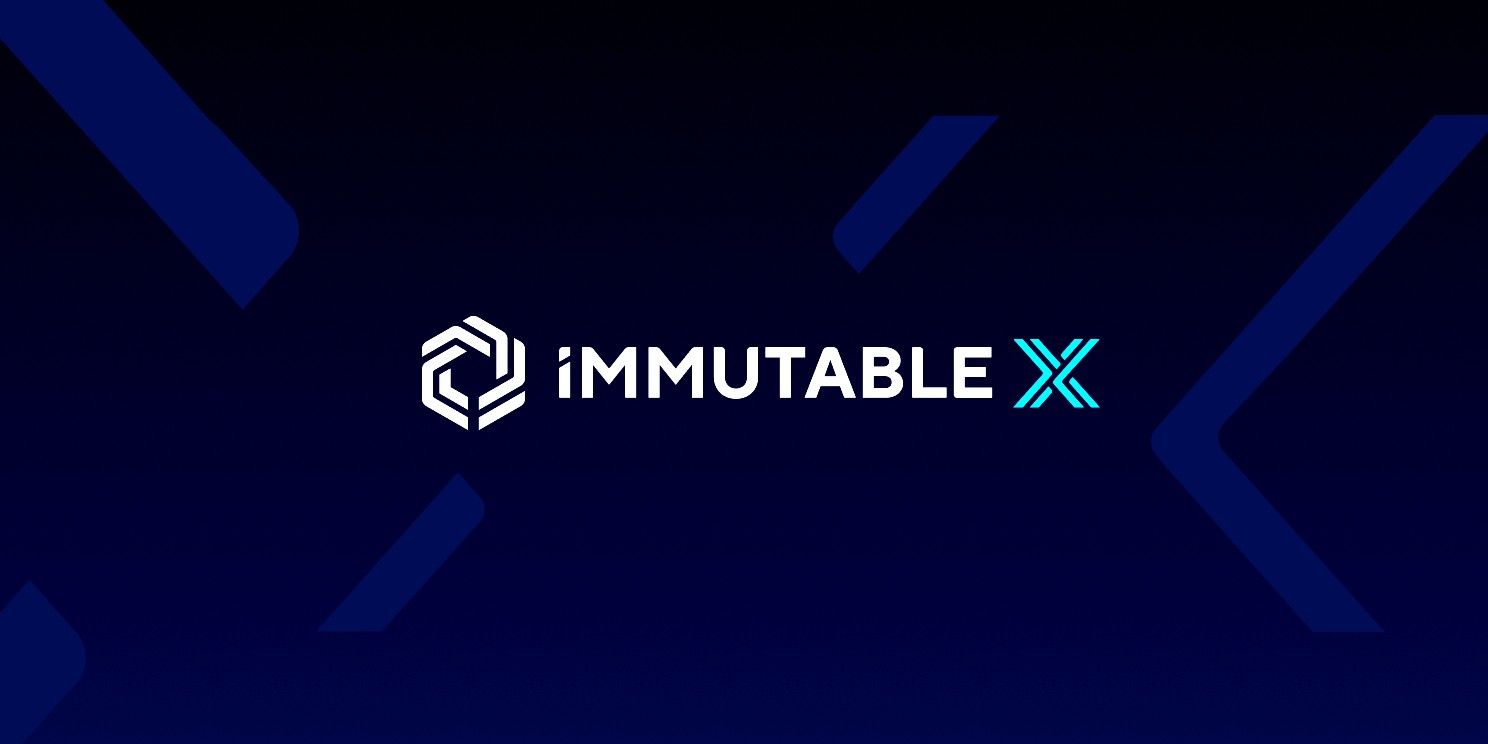apple requires a 30 percent commission on all NFT trades made through apps listed in the App Store, and a recent article highlighting this policy has sparked a flurry of angry articles across the Web3 space. Apple does not accept cryptocurrency payments, nor does it provide the ability to denominate NFTs in their native cryptocurrencies, making NFT listing and trading very difficult.
Apple’s 30 percent tax on App Store purchases is nothing new, as it’s a big part of its multibillion-dollar business model, albeit a controversial one. However, Apple also has a bitter history with NFT-related apps, such as having to remove Play-To-Earn (P2E) NFT games under South Korean regulatory pressure, or banning crypto wallet apps that manage NFTs. However, Apple’s customer base numbers over 1 billion users, and listing an app on the iOS App Store provides an important source of traffic for many companies and startups, which can offset a 30 percent commission with the right business models.
A recent article from The information sparked controversy across the Web3 industry, detailing how Apple’s decision to soon allow NFT sales with a standard 30 percent sales tax poses a serious roadblock for NFT startups. While a court ruling last year required changes to payments to allow links to off-platform payment channels, this only means apps can direct users off-platform to make payments. However, this may not be useful for NFT trading. Because Apple does not accept cryptocurrency payments and requires all item listings to be denominated in dollars and paid for in fiat, NFT marketplaces face the hurdle of having to build additional infrastructure to support Apple’s payment system, and the prices of NFT dollars are constantly changing due to of cryptocurrency volatility. However, not all Web3 commentators are against this policy, as Apple’s reach extends to over 1 billion users and any type of Web3 app in the store can accelerate mass adoption, and a 30 percent commission to Apple is better than being banned from the App Store.
Few blockchains can scale to meet Apple’s user base
Depositing 1 billion Apple users to Ethereum at this point would be disastrous for Ethereum’s blockchain gas fees, even if only a fraction of them were to use NFTs. Fortunately, Ethereum’s popular NFT marketplace OpenSea uses the Immutable X scaling solution to facilitate gas-free trading, which claims to support up to 9,000 transactions per second and can potentially handle the volume of demand for NFTs on an iOS app. However, if an NFT app built on a ‘Layer-1’ blockchain (ie Ethereum or Solana) were to become popular enough, it could seriously damage the user experience of blockchain technology by sending gas fees.to the moon.“
It’s possible that Ethereum’s blockchain competitor Solana could handle the transaction volume without suffering a gas tax crisis, but Solana is notorious for crashing when overloaded with spam transactions. Solana’s most popular NFT marketplace Magic Eden also pulled NFT buying functionality from its iOS app in protest of its 30 percent commission policy, although browsing the marketplace remains functional. Ultimately, any NFT-related app or game that succeeds under Apple’s guidelines is more likely to have to be built from the ground up using those guidelines, and existing NFT marketplaces cannot do that.
While many in the Web3 community are outraged that they’re getting the same controversial treatment that all apps on the Apple App Store get, not everyone is mad that Apple is finally giving the green light to NFT sales over iOS apps. Unfortunately, NFTs are still too misunderstood and underdeveloped to sell to Apple’s Web2 customer base, many of whom perceive NFTs and cryptocurrencies as scams. Even if Apple did not impose strict guidelines on iOS developers, a popular iOS NFT app that is not built on Immutable X or another gasless blockchain could potentially make its native blockchain prohibitive to everyone else. But if scaling issues can be avoided, a popular NFT-based app on apple‘s App Store could actually be invaluable to Web3 mass adoption, provided it’s designed around the 30 percent opportunity cost that hinders most startups.
Source: The information




